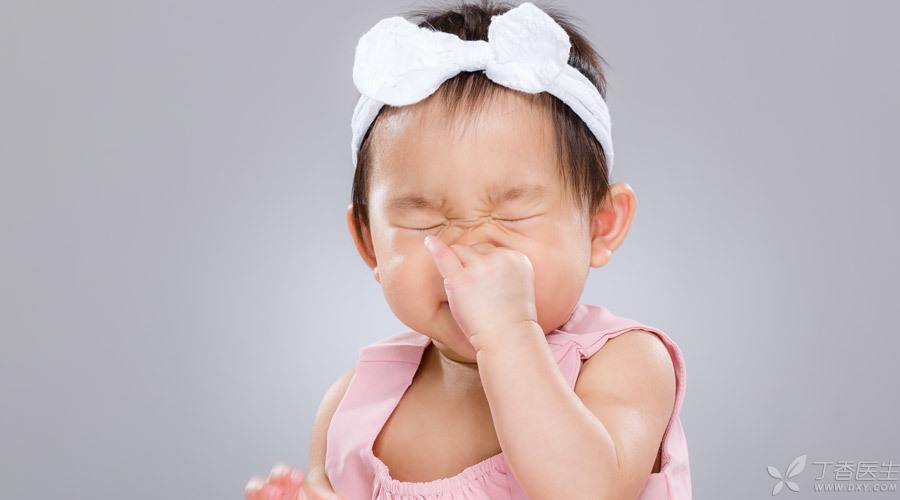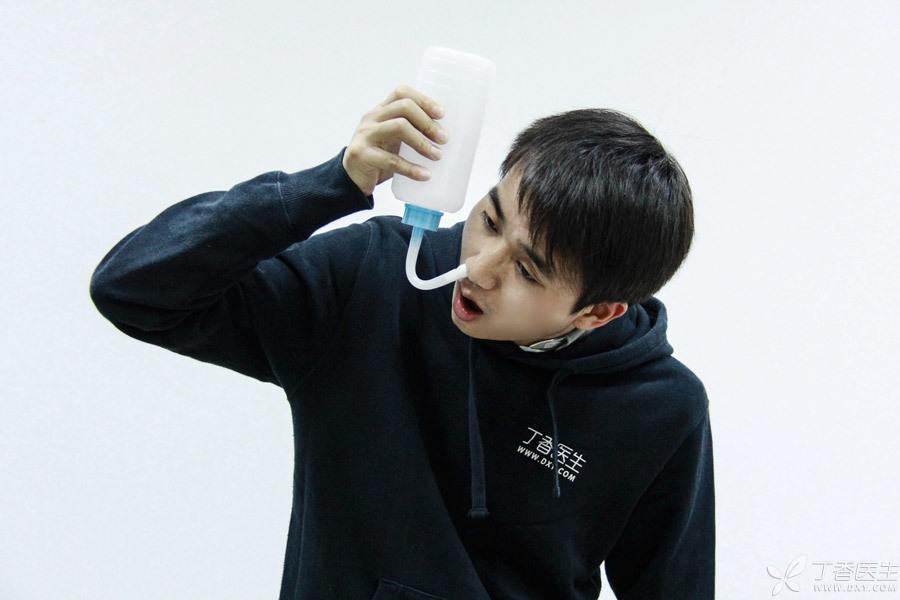
In recent years, chronic rhinitis, allergic rhinitis, sinusitis and other chronic nasal inflammation have troubled the public more and more.
There are many kinds of drugs for nasal inflammatory diseases. Nasal irrigation, as a non-drug therapy, conforms to physiological characteristics and is easy to be accepted by the public.
Although nasal irrigation alone is difficult to cure the disease, it greatly improves the curative effect of medication and relieves the symptoms.
This article mainly introduces the methods of nasal irrigation and related matters needing attention.
Can what people do nasal flushing?
- Allergic rhinitis, chronic sinusitis, nasal polyps, nasopharyngeal carcinoma, nasal endoscopic surgery after radiotherapy, other rare cases, please follow the doctor’s advice
Specific Methods of Nasal Cavity Irrigation
At present, there are many kinds of nasal irrigation devices on the market, with similar basic principles. The simplest structure is to use an olive head to connect a plastic bottle, and there are also more complicated ones, which will be convenient and comfortable to operate.
The basic steps are roughly as follows:
Step 1: Salt water
Medical physiological saline is recommended. If you need to prepare it yourself, please refer to this step:
- Water: Boil and cool, the temperature is about 35 degrees, just feel slightly warm with your hands, the closer to the physiological state of nasal cavity, the better the comfort. Salt: Do not choose iodized salt, prepare about half of the beverage bottle cap, about 4.5 g. If it is the nose washing salt bought directly, it can be proportioned according to the concentration provided by the merchant. Use about 500 mL of water, that is, a bottle of water from an ordinary beverage bottle, to melt these salts, that is, saline with a concentration close to 0.9% of normal saline; Shake well and use.
Step 2: Flushing action
- Preparation: Take flushing the right nasal cavity as an example, lean forward slightly and tilt your head to the left. During flushing: Open your mouth, breathe gently and slowly, insert the flushing olive head into one nasal cavity, so that water can be poured into the left nasal cavity, and flushing can be repeated.
Use the same method to flush the nasal cavity on the other side.

3. Flushing frequency
- It is recommended to wash it once a day in the morning and evening. The recommended dosage of saline for each flushing is 200 ~ 250 ml, and the nasal cavities on both sides are flushed.
Too little is not enough to achieve the purpose of flushing, too much will also cause discomfort.
Can children have nasal irrigation?
There is no clear limit on the age of nasal irrigation, and the author personally suggests that children under 8 years old should not use it.
For children over 8 years old, it is suggested that parents should guide children to use it after personally trying it. On the one hand, this can reduce children’s fear, on the other hand, parents can more clearly understand the discomfort that children may feel during the washing process after the meeting, and give targeted guidance.
Does flushing flush water into the ears?
Theoretically, because there is an eustachian tube behind the nasal cavity, which connects the ear and nose, it is possible if you don’t pay attention to the method or the water pressure is too high. However, in clinical practice, the author has not yet encountered nasal cavity flushing to flush water into the middle ear.
The patient’s operation is carried out gently according to the above-mentioned method, and there is generally no what problem.
Precautions
Nasal irrigation is generally safe. However, there are still some precautions.
- The flushing pot needs to be cleaned frequently, otherwise the breeding microorganisms may be implanted into the nasal cavity during flushing. Do not use tap water directly to avoid bacteria breeding; Patients with a history of cerebrospinal fluid rhinorrhea, otorrhea and craniocerebral trauma should avoid using it. Avoid nasal flushing when symptoms such as fever, epistaxis and headache occur; The flushing water temperature is about 35 degrees, slightly lower than the body temperature, and the irritation to nasal mucosa should be avoided as much as possible. Irrigation of nasal septum after operation is cautious. Different doctors have different views and are still controversial. Please follow the doctor’s advice. Use medical physiological saline as much as possible for flushing water; Considering economic factors, non-iodized salt can also be used to prepare normal saline concentration.
